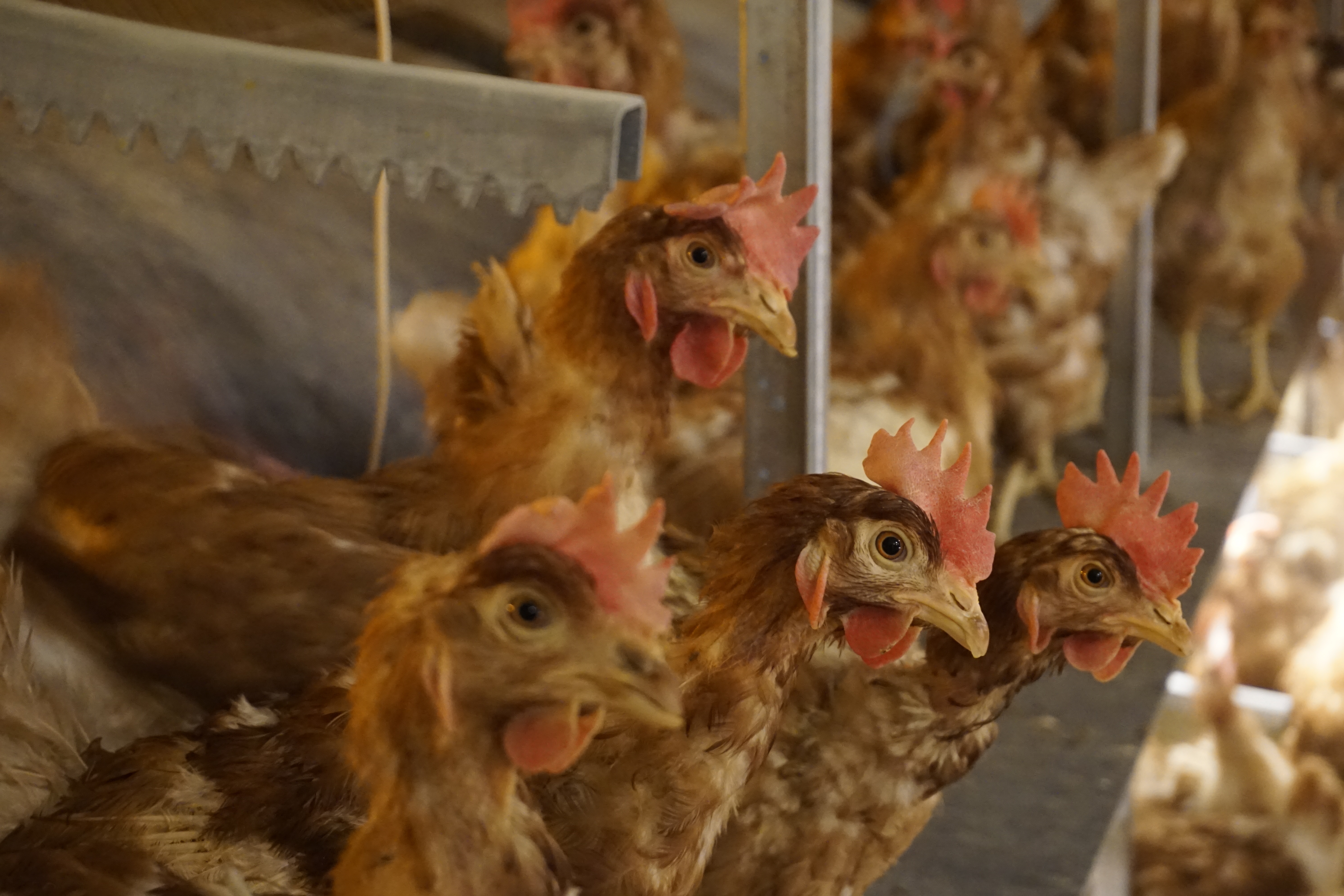
Many people think a cage-free life is better for hens. It’s not that simple.
By The Washington Post
Features Equipment Layers Poultry Equipment Production Alternative poultry housing Animal Housing Animal Welfare Livestock Production Poultry Production Production United States
June 23, 2017, Indiana – The cage-free revolution has been driven by consumers, many of whom think the change is better for chickens (though many also may believe eggs from uncaged hens are better quality).
Animal protection groups argue it definitely is: Birds that are not confined to small wire cages can at least spread their wings and engage in natural behaviors like dust-bathing and perching, even if they never see the light of day.
But egg producers and researchers caution that the switch is not as simple as just opening those cage doors — and that mobility brings with it a new set of concerns for chickens’ welfare that most farmers have never confronted.
A major 2015 study of three different hen-housing systems found that mortality was highest among birds in cage-free aviaries and that they also had more keel bone problems. READ MORE
Print this page